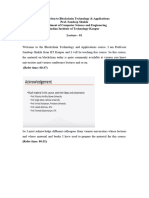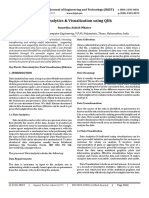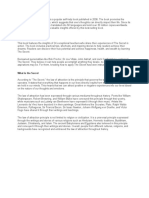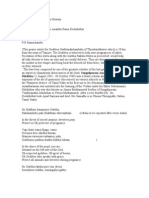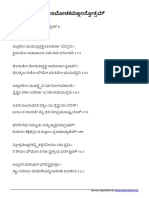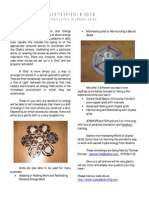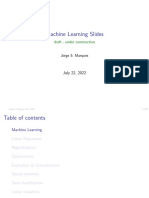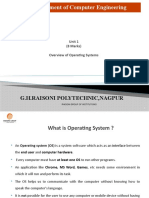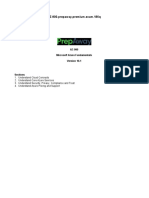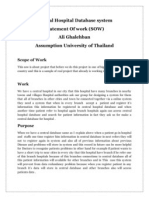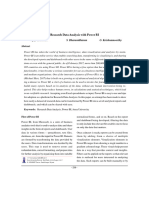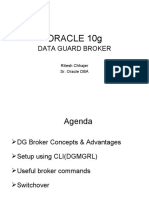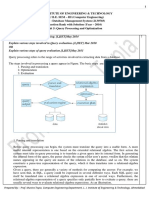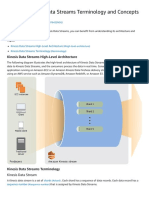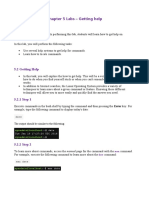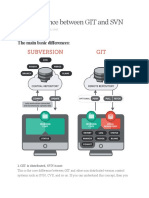0% found this document useful (0 votes)
337 views2 pagesData Analytics Kit601
This document contains instructions for a BTech sixth semester theory examination in data analytics. It has 7 sections with multiple choice and long answer questions. Section 1 contains 10 short answer questions worth 2 marks each on topics like the need for data analytics, neural networks, and descriptive statistics functions in R. Section 2 requires answering 3 out of 5 long answer questions worth 10 marks each on topics such as big data platforms, decision trees, and K-means clustering. The other sections require answering one long question from a choice of two under similar topics in data analytics.
Uploaded by
Vijay Kumar YadavCopyright
© © All Rights Reserved
We take content rights seriously. If you suspect this is your content, claim it here.
Available Formats
Download as PDF, TXT or read online on Scribd
0% found this document useful (0 votes)
337 views2 pagesData Analytics Kit601
This document contains instructions for a BTech sixth semester theory examination in data analytics. It has 7 sections with multiple choice and long answer questions. Section 1 contains 10 short answer questions worth 2 marks each on topics like the need for data analytics, neural networks, and descriptive statistics functions in R. Section 2 requires answering 3 out of 5 long answer questions worth 10 marks each on topics such as big data platforms, decision trees, and K-means clustering. The other sections require answering one long question from a choice of two under similar topics in data analytics.
Uploaded by
Vijay Kumar YadavCopyright
© © All Rights Reserved
We take content rights seriously. If you suspect this is your content, claim it here.
Available Formats
Download as PDF, TXT or read online on Scribd
/ 2


